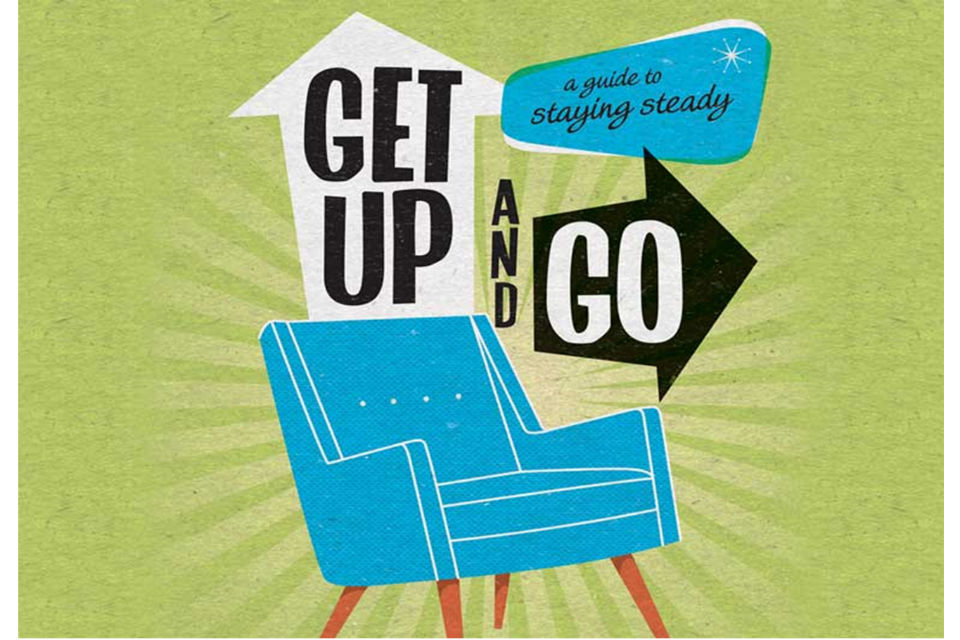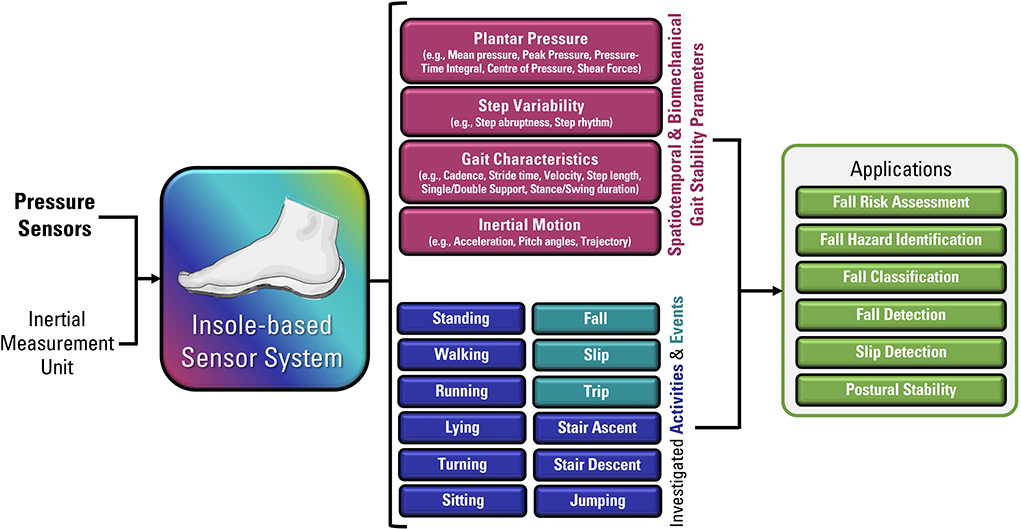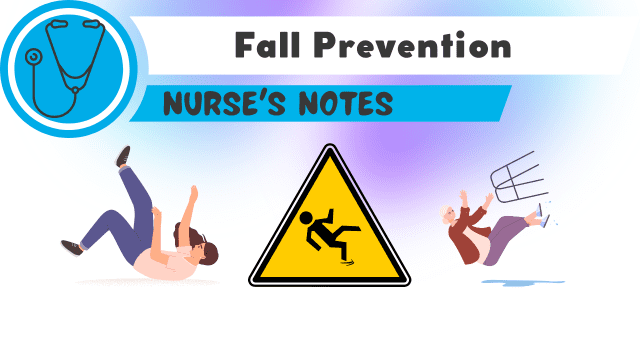The 30-Second Trick For Dementia Fall Risk
Table of ContentsSome Known Incorrect Statements About Dementia Fall Risk Top Guidelines Of Dementia Fall RiskThe Buzz on Dementia Fall Risk4 Simple Techniques For Dementia Fall Risk
A loss danger evaluation checks to see how likely it is that you will drop. It is mostly done for older adults. The assessment normally includes: This includes a series of questions concerning your overall health and wellness and if you've had previous drops or problems with balance, standing, and/or walking. These devices test your stamina, balance, and stride (the means you walk).STEADI includes testing, evaluating, and treatment. Interventions are recommendations that might lower your risk of falling. STEADI consists of three actions: you for your risk of falling for your danger variables that can be boosted to attempt to avoid falls (for instance, equilibrium troubles, impaired vision) to minimize your risk of dropping by using effective methods (for instance, supplying education and sources), you may be asked numerous concerns consisting of: Have you dropped in the previous year? Do you feel unsteady when standing or strolling? Are you stressed over dropping?, your service provider will certainly test your strength, balance, and stride, making use of the following loss assessment tools: This examination checks your stride.
If it takes you 12 secs or more, it might imply you are at greater danger for an autumn. This test checks toughness and equilibrium.
The placements will get harder as you go. Stand with your feet side-by-side. Move one foot midway forward, so the instep is touching the huge toe of your other foot. Relocate one foot completely in front of the various other, so the toes are touching the heel of your various other foot.
What Does Dementia Fall Risk Do?
The majority of falls happen as a result of numerous adding variables; as a result, taking care of the danger of dropping begins with identifying the factors that add to drop threat - Dementia Fall Risk. Several of one of the most relevant danger variables include: History of prior fallsChronic clinical conditionsAcute illnessImpaired stride and equilibrium, reduced extremity weaknessCognitive impairmentChanges in visionCertain risky medications and polypharmacyEnvironmental elements can likewise increase the threat for falls, consisting of: Inadequate lightingUneven or damaged flooringWet or unsafe floorsMissing or harmed handrails and get hold of barsDamaged or poorly equipped devices, such as beds, wheelchairs, or walkersImproper use assistive devicesInadequate supervision of the people staying in the NF, consisting of those that exhibit hostile behaviorsA effective fall threat monitoring program calls for a complete medical analysis, with input from all participants of the interdisciplinary team

The care plan ought to additionally consist of interventions that are system-based, such as those that advertise a safe atmosphere (suitable lighting, hand rails, order bars, and so on). The efficiency of the interventions ought to be evaluated regularly, and the treatment plan modified as necessary to reflect changes in the loss threat assessment. Implementing like it a loss danger administration system using evidence-based ideal practice can decrease the prevalence of drops in the NF, while limiting the capacity for fall-related injuries.
Excitement About Dementia Fall Risk
The AGS/BGS standard advises screening all adults aged 65 years and older for autumn danger each year. This screening includes asking people whether they have actually dropped 2 or more times in the previous year or looked for medical focus for a loss, these details or, if they have actually not fallen, whether they feel unsteady when walking.
People who have fallen once without injury ought to have their balance and gait examined; those with gait or balance problems should obtain added assessment. Discover More Here A history of 1 loss without injury and without stride or equilibrium troubles does not necessitate more evaluation beyond ongoing annual autumn danger screening. Dementia Fall Risk. A loss risk evaluation is required as component of the Welcome to Medicare assessment

The 10-Minute Rule for Dementia Fall Risk
Recording a drops background is one of the quality indicators for loss prevention and administration. A vital component of threat evaluation is a medicine review. Numerous classes of drugs enhance loss danger (Table 2). copyright medicines specifically are independent predictors of falls. These drugs have a tendency to be sedating, change the sensorium, and hinder balance and stride.
Postural hypotension can commonly be alleviated by lowering the dosage of blood pressurelowering drugs and/or quiting medications that have orthostatic hypotension as a side effect. Usage of above-the-knee support pipe and copulating the head of the bed raised might also lower postural decreases in high blood pressure. The advisable elements of a fall-focused physical exam are displayed in Box 1.

A Yank time greater than or equivalent to 12 seconds recommends high loss threat. Being not able to stand up from a chair of knee height without utilizing one's arms shows boosted autumn risk.